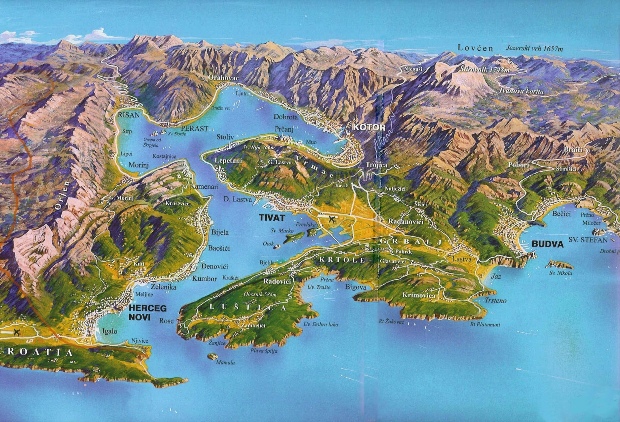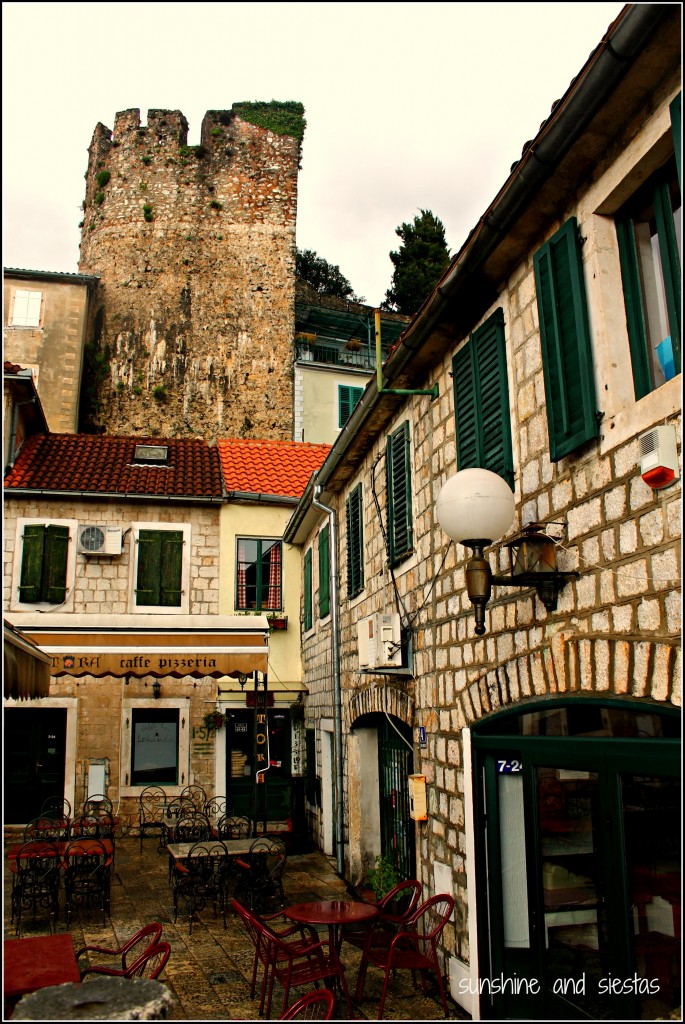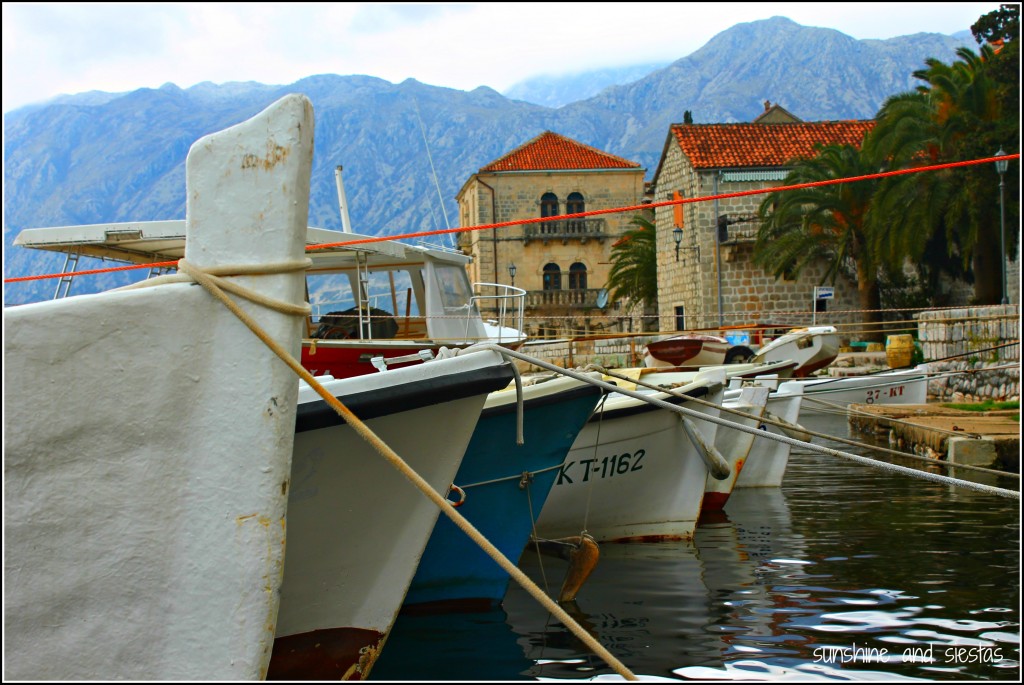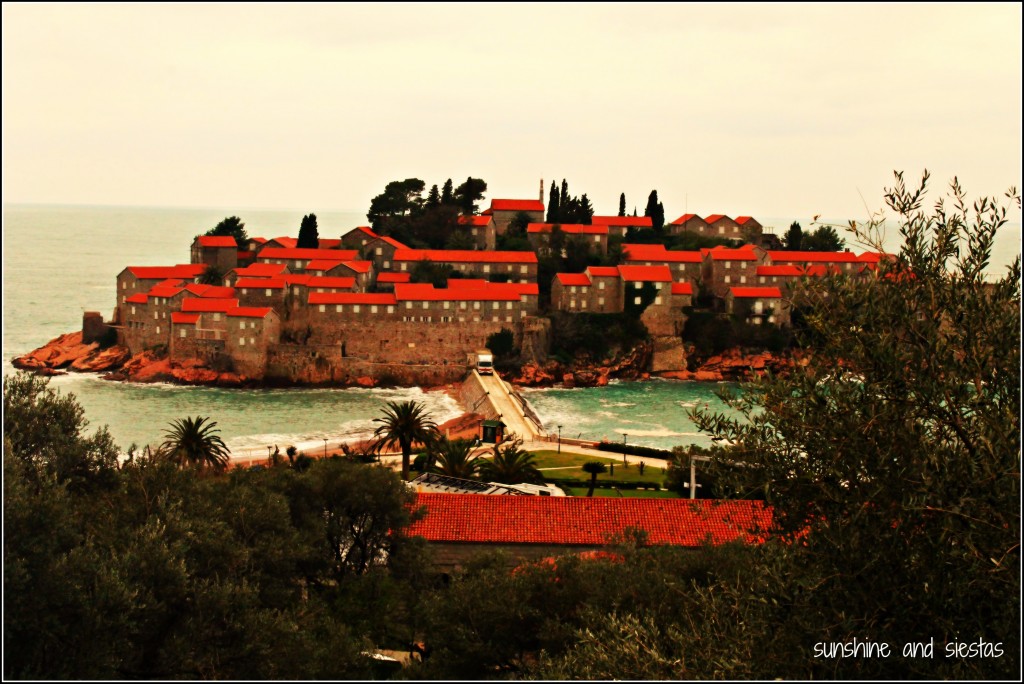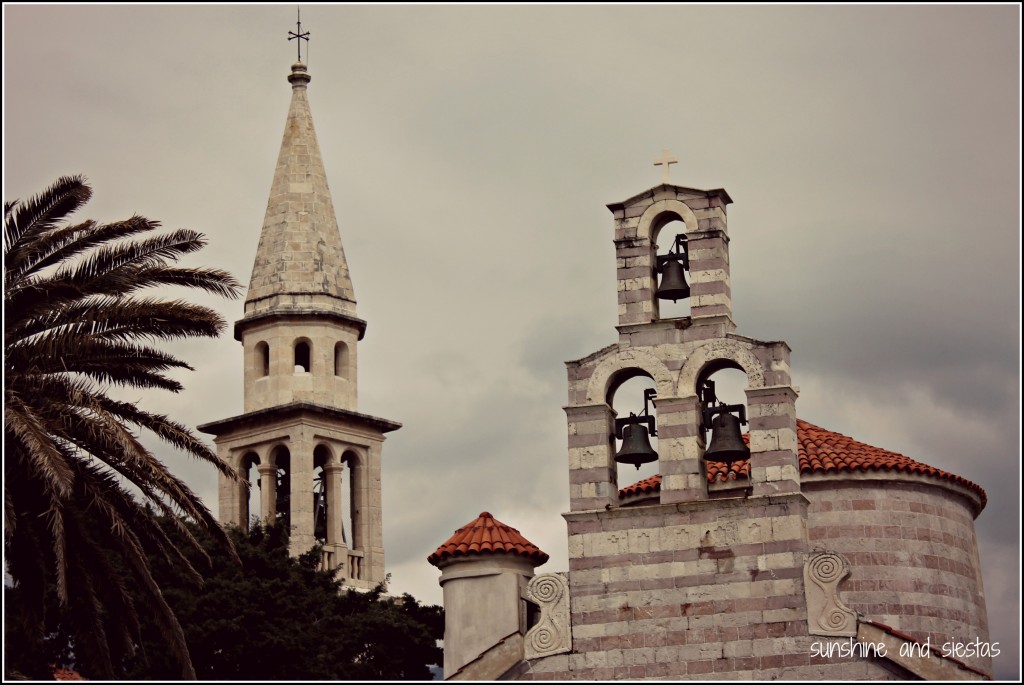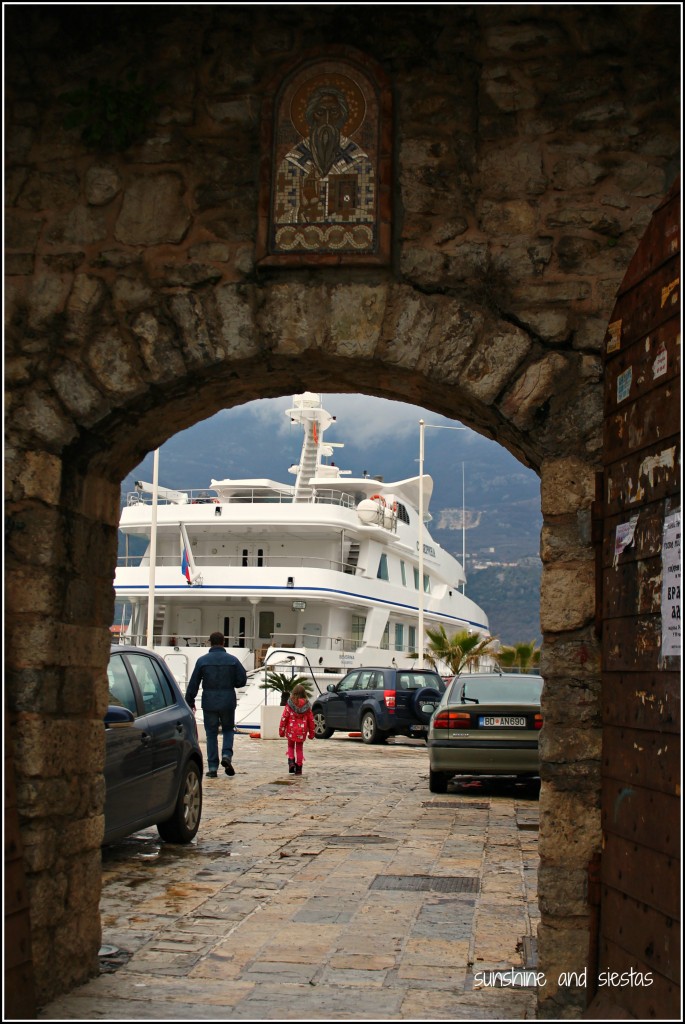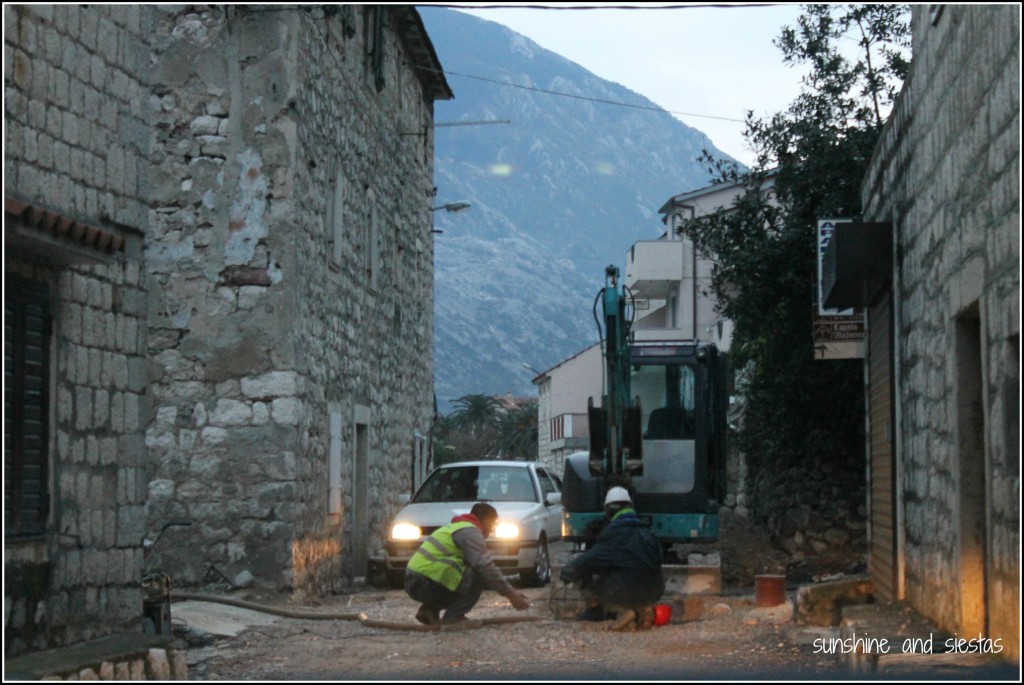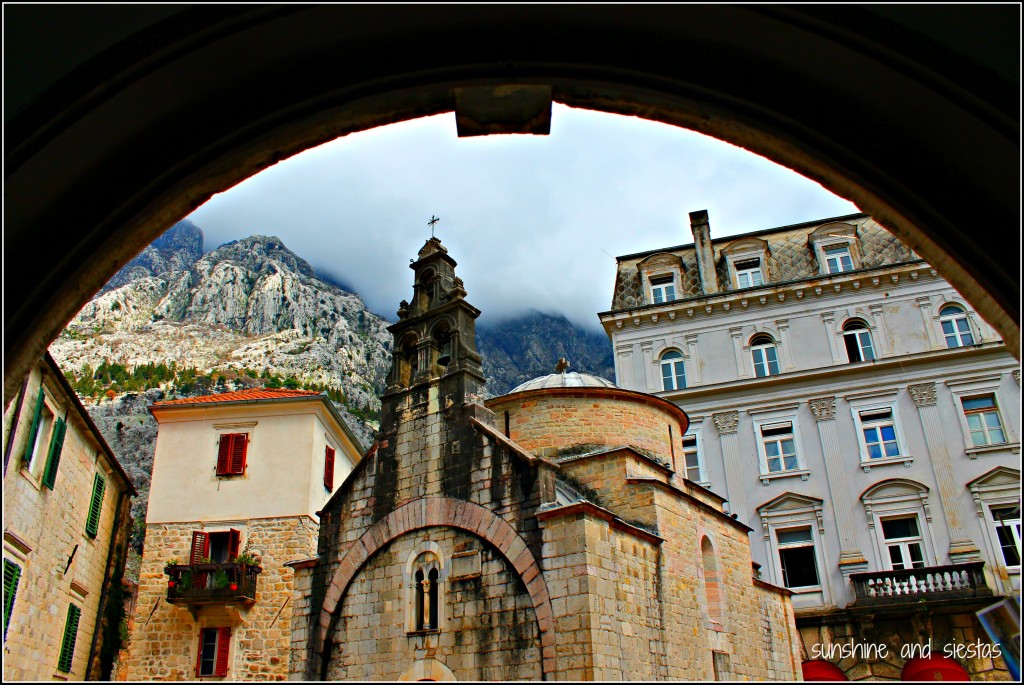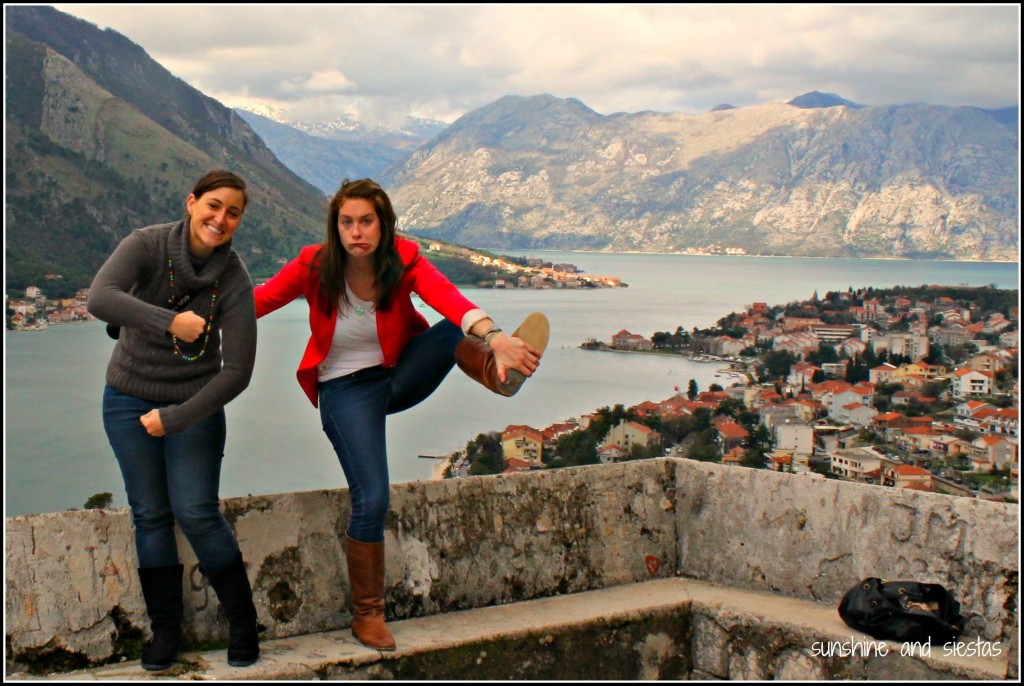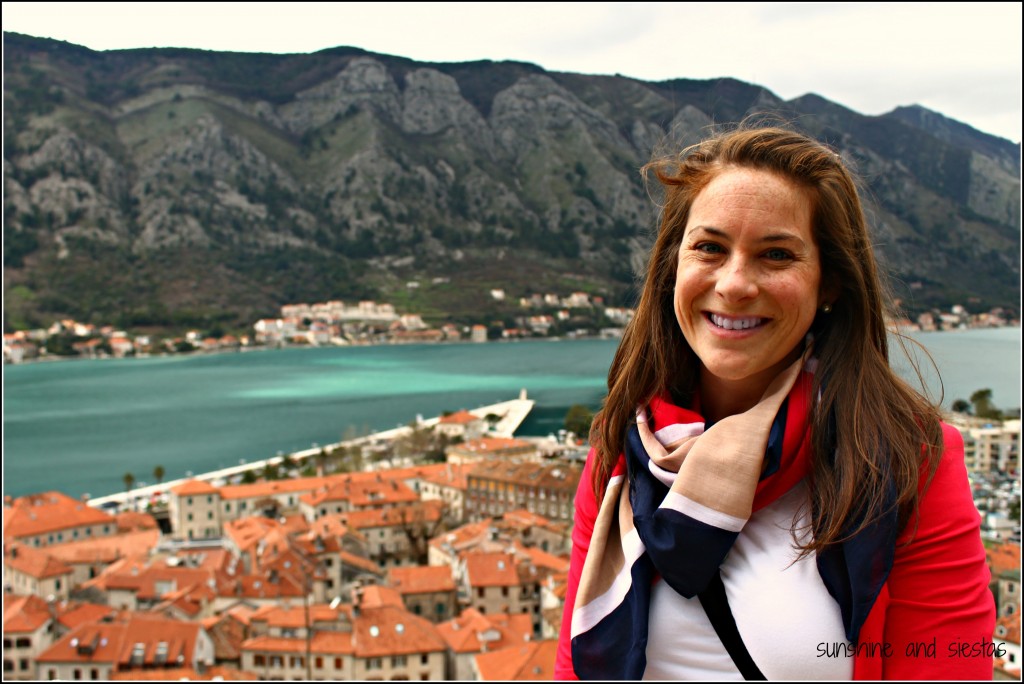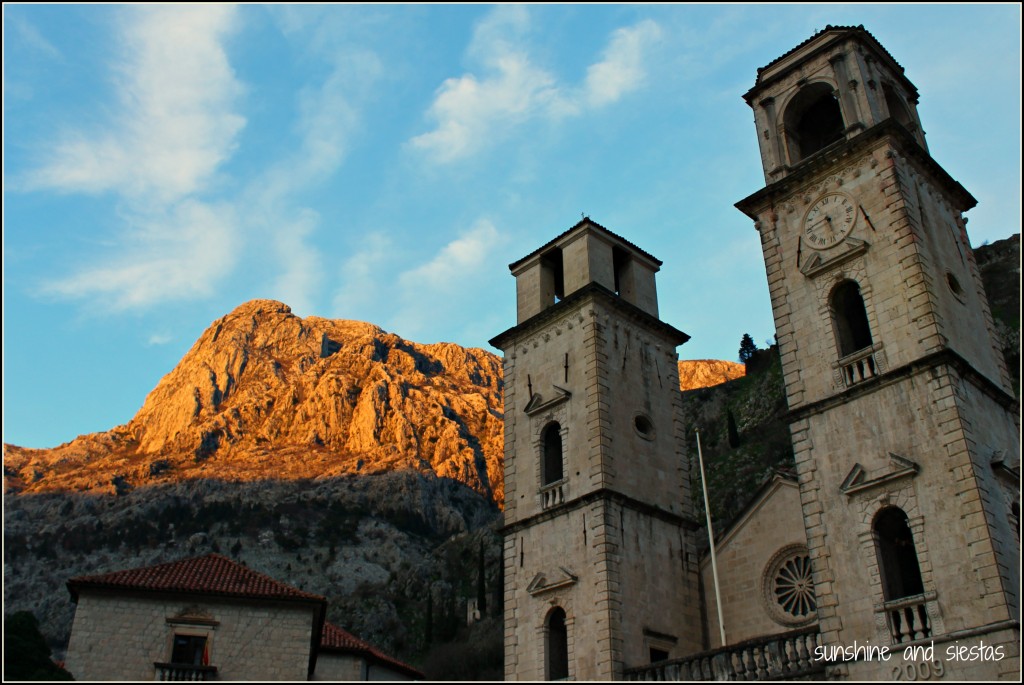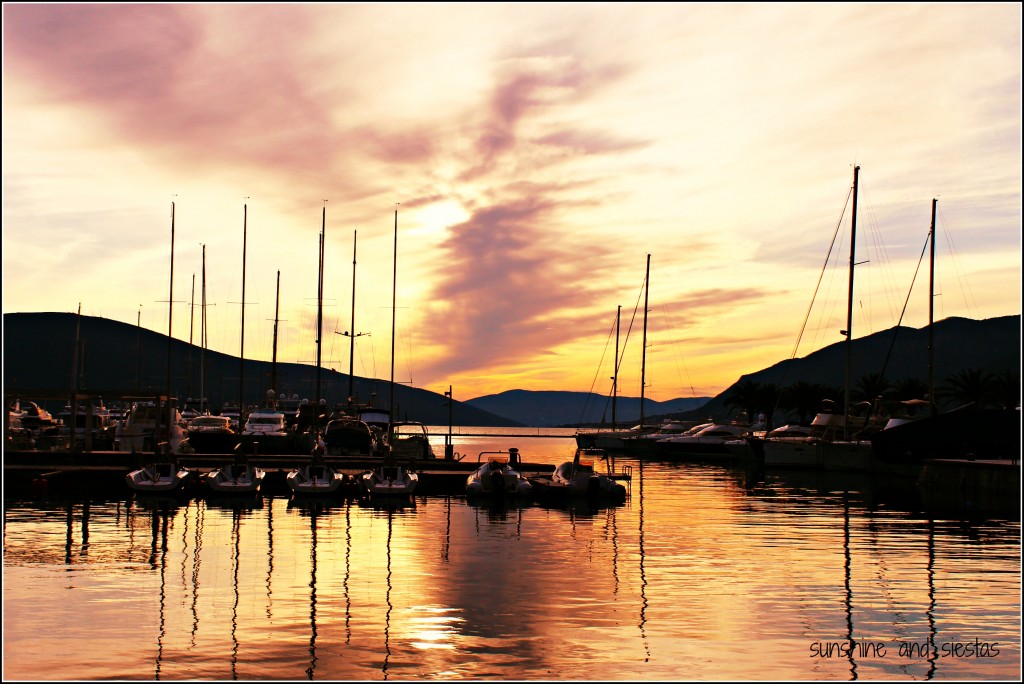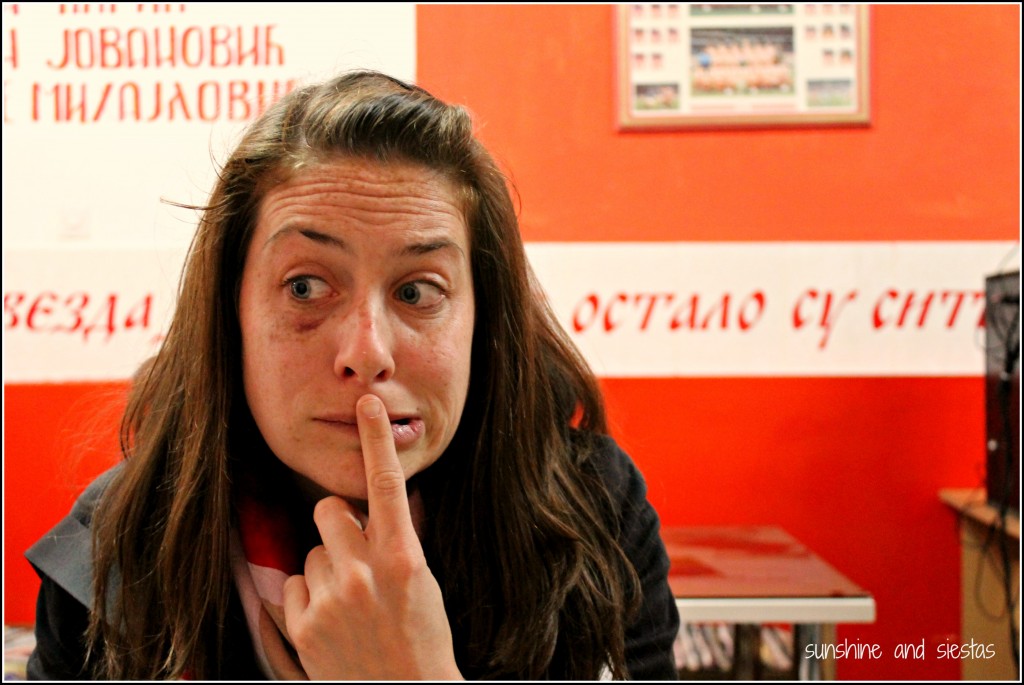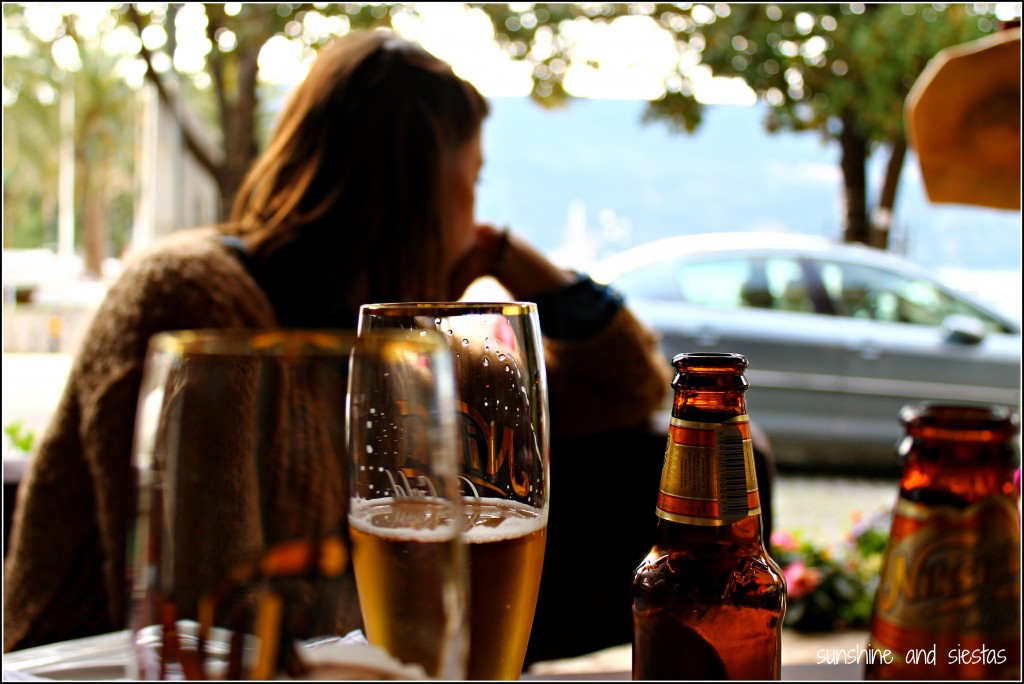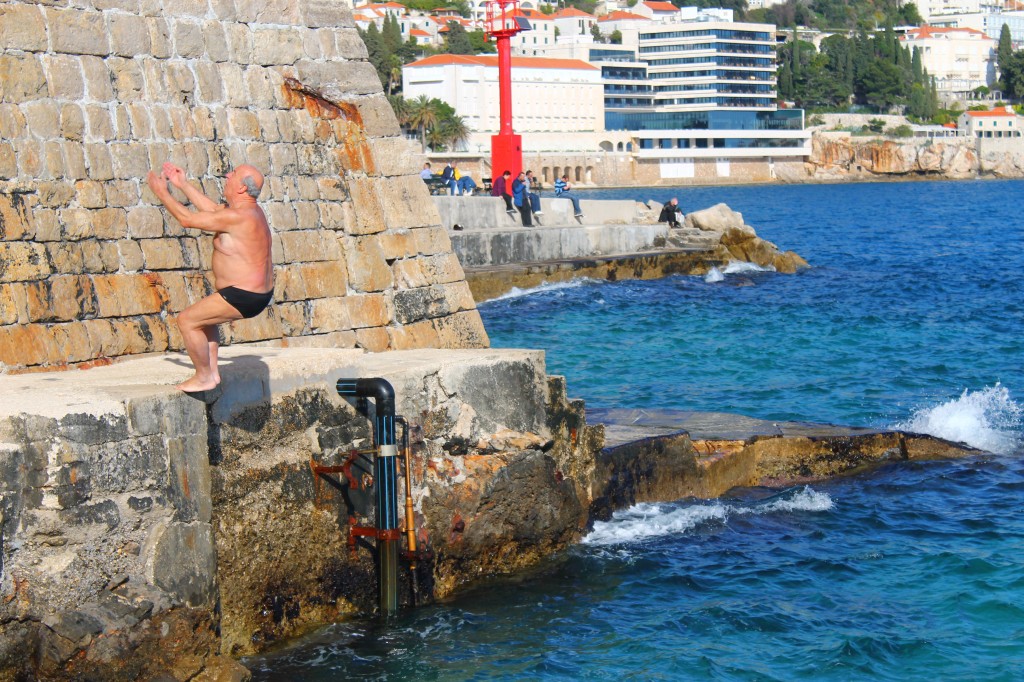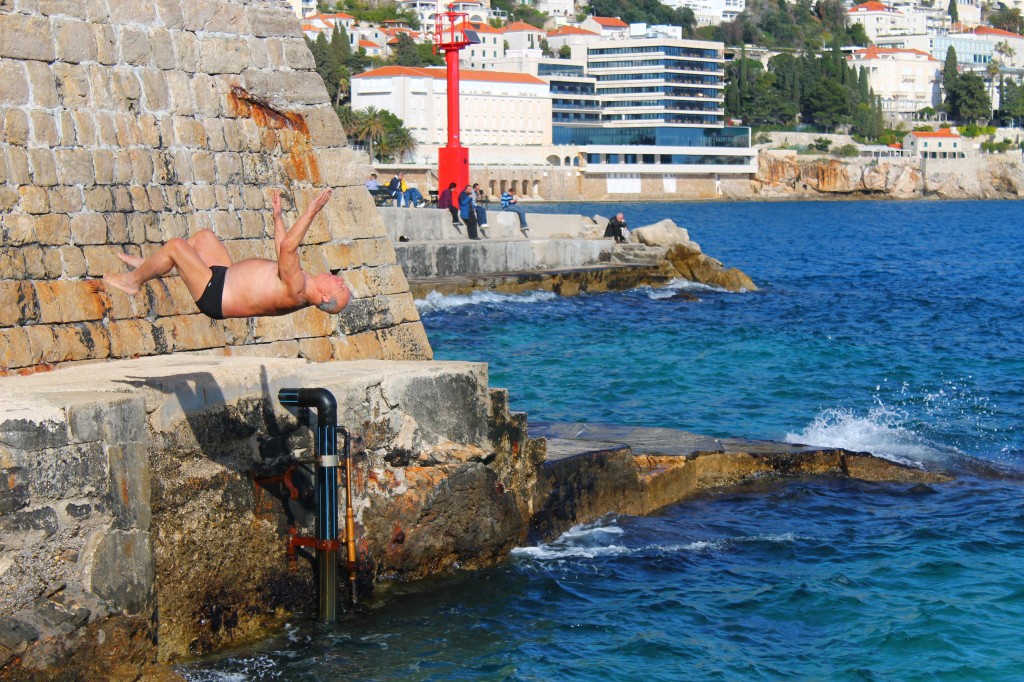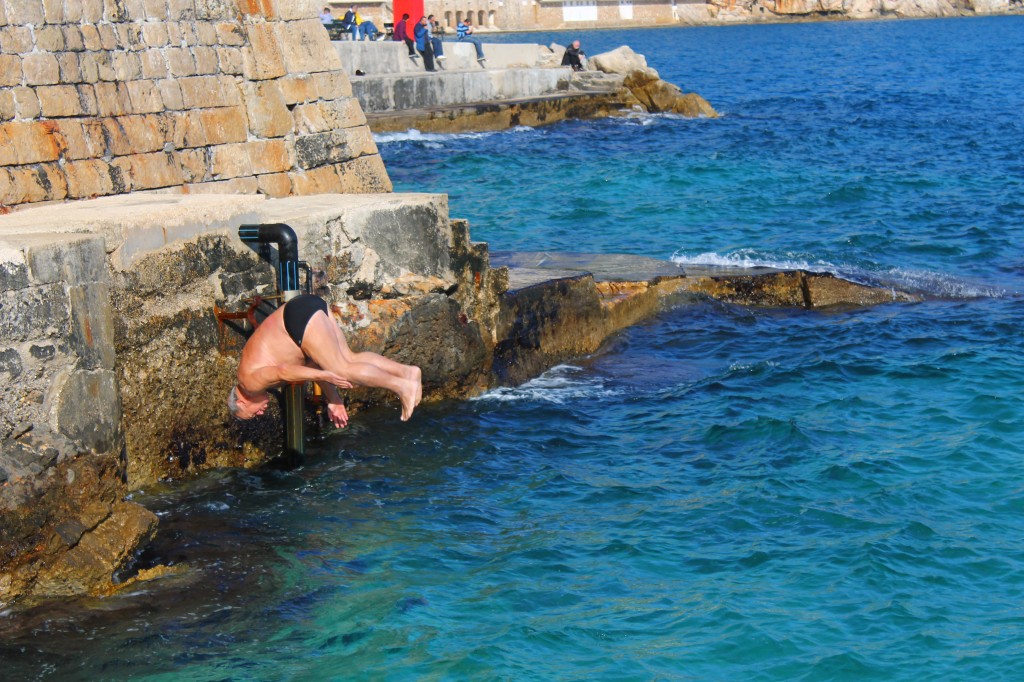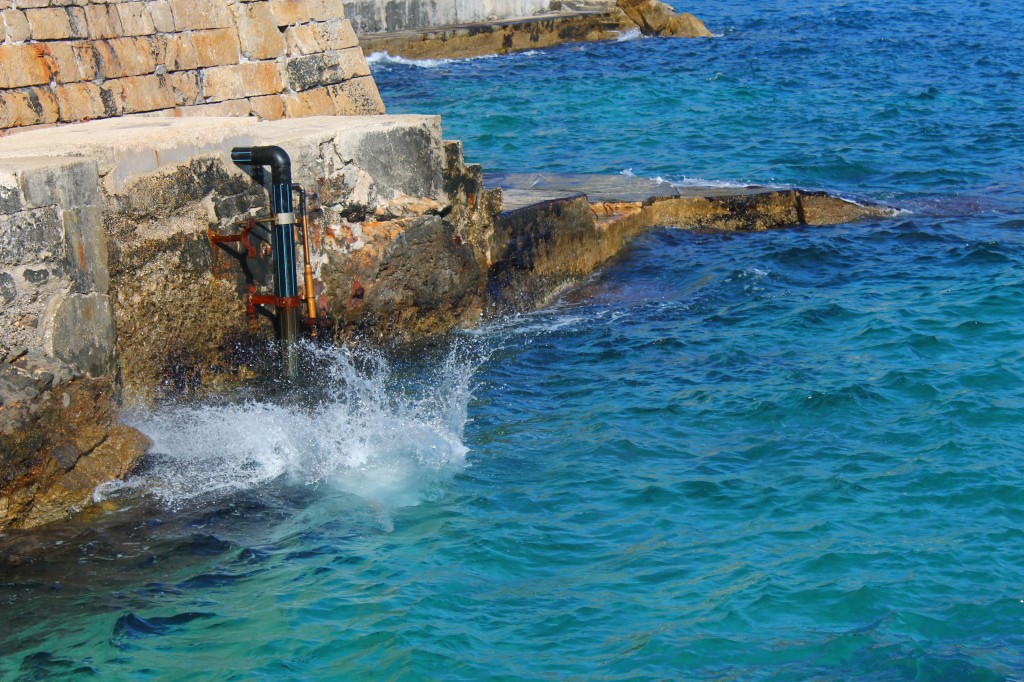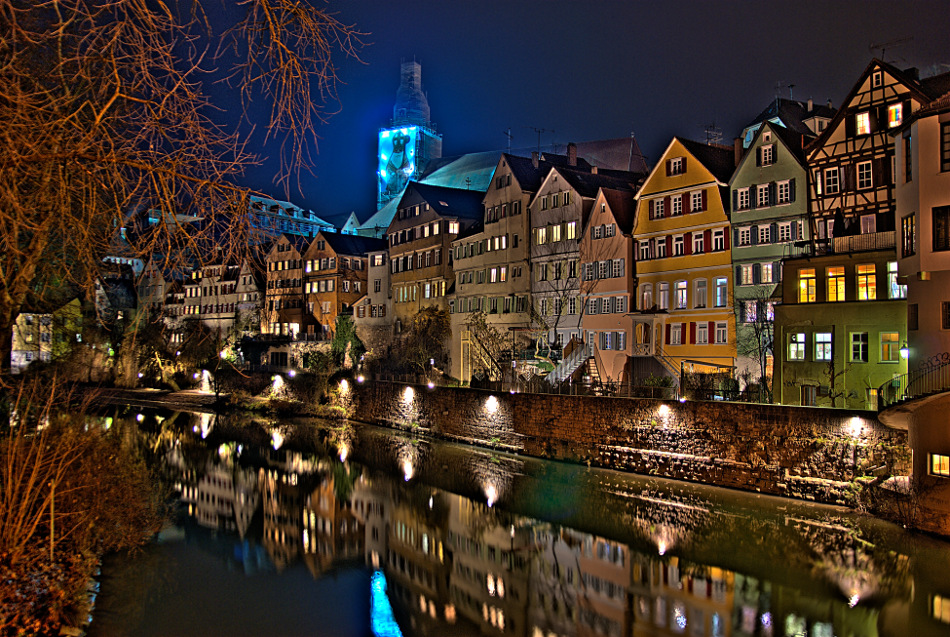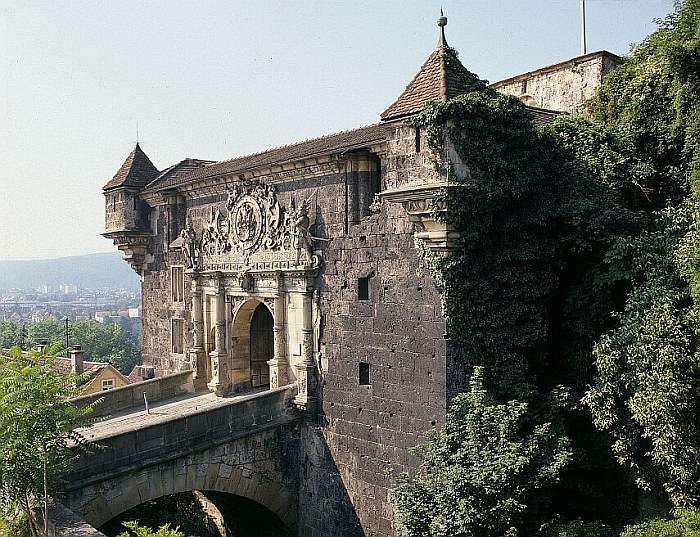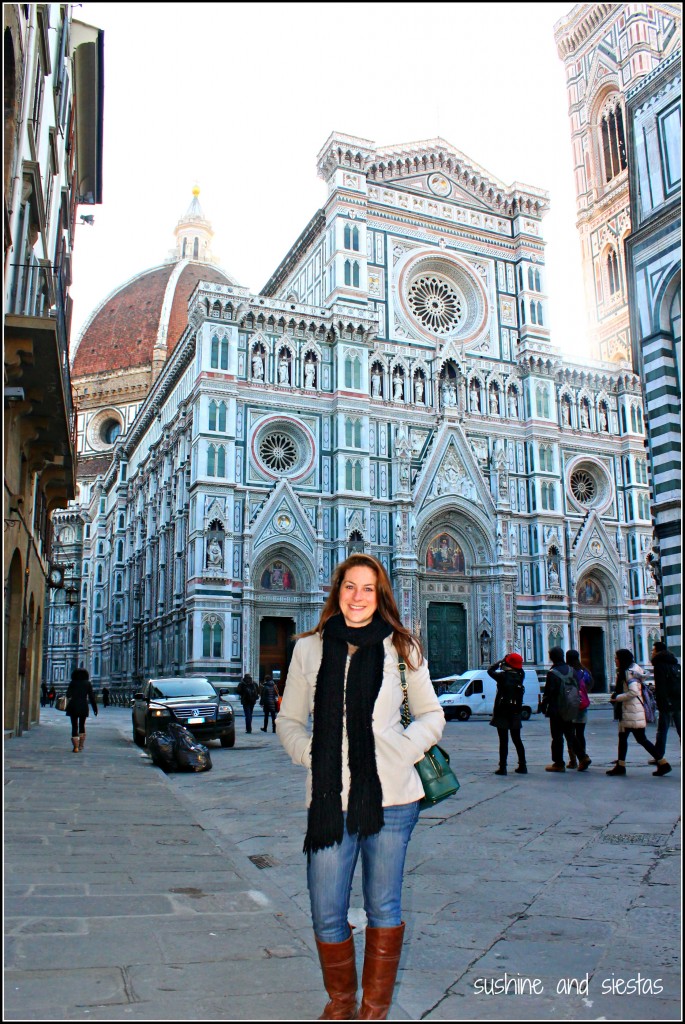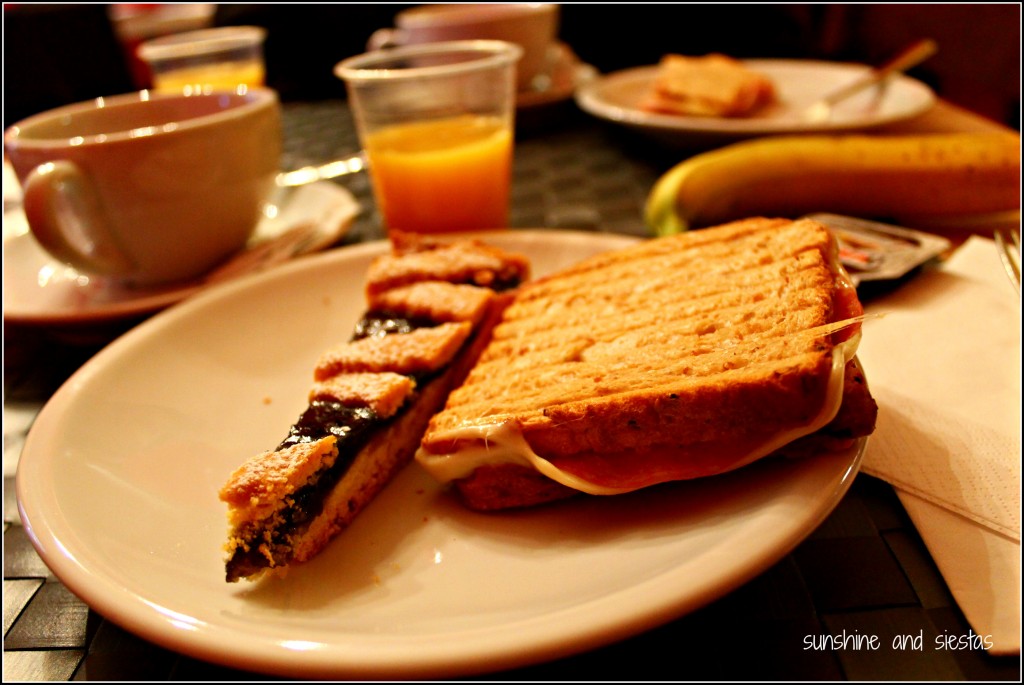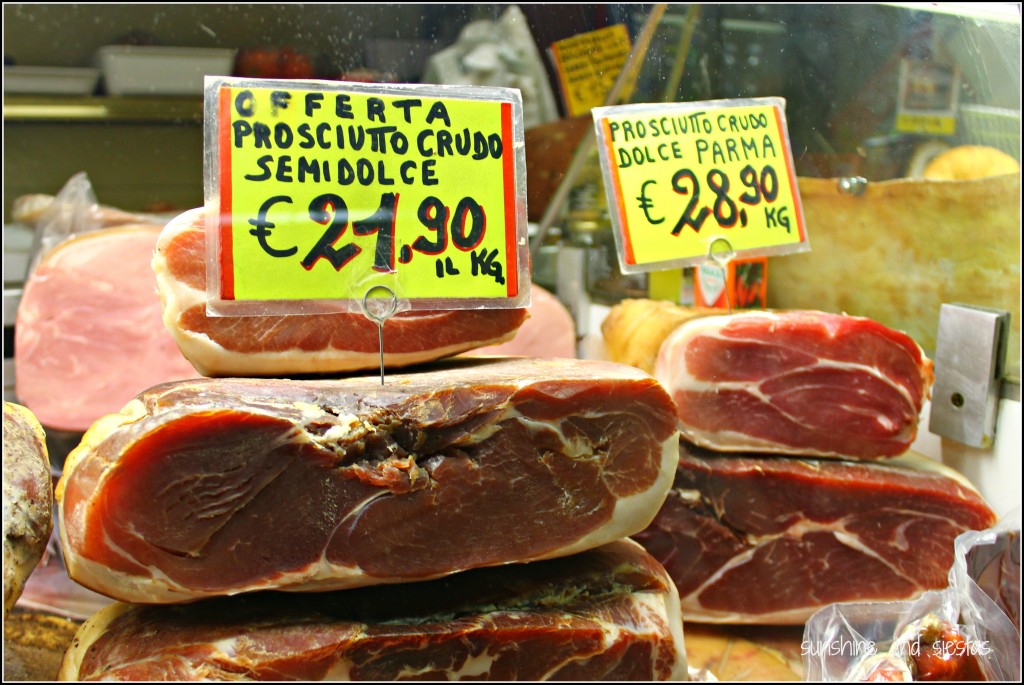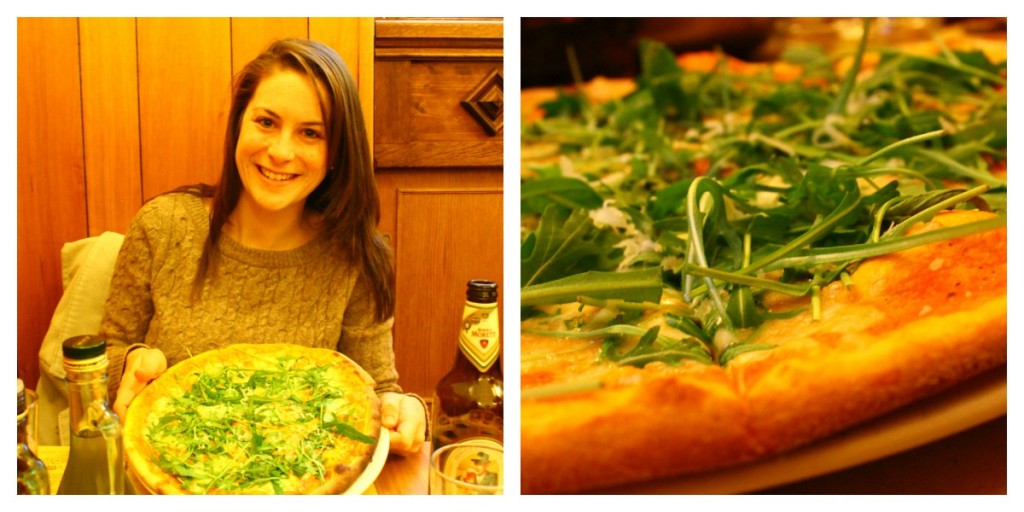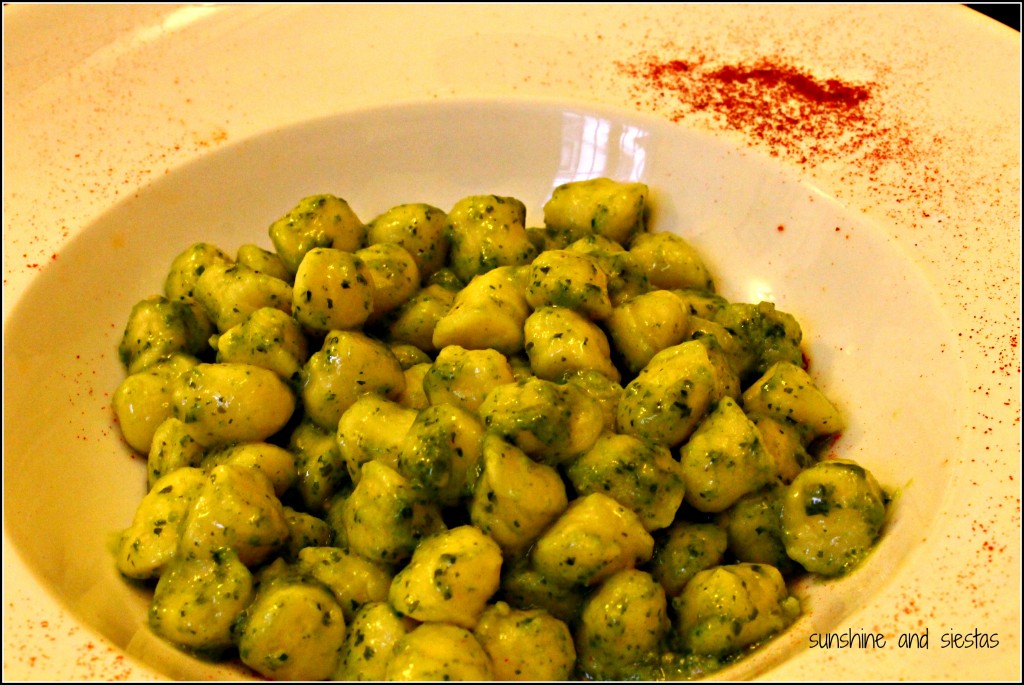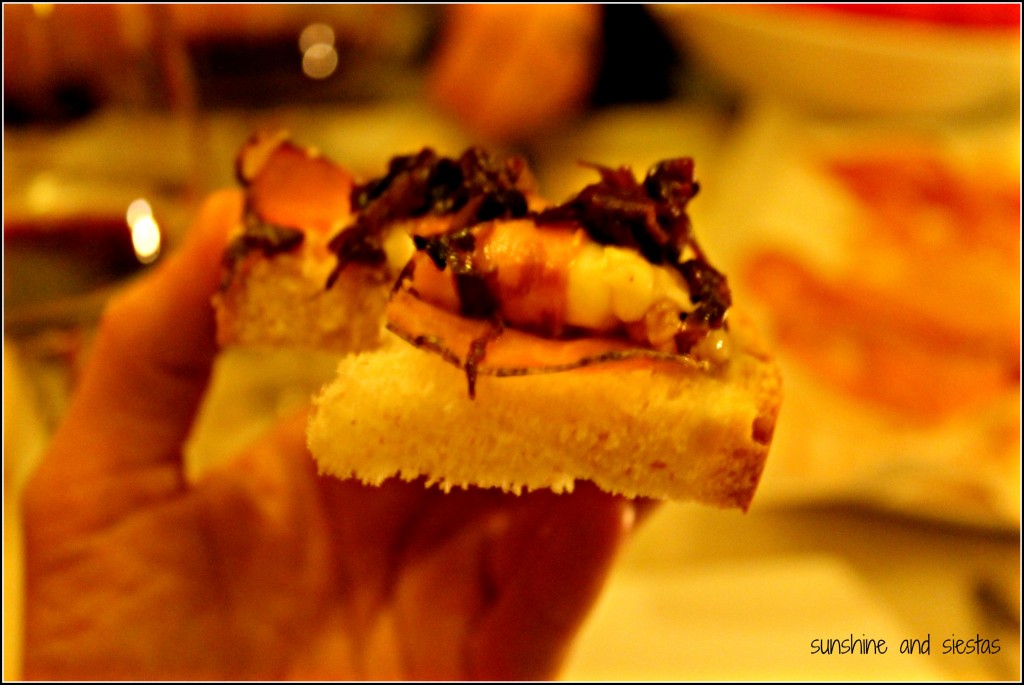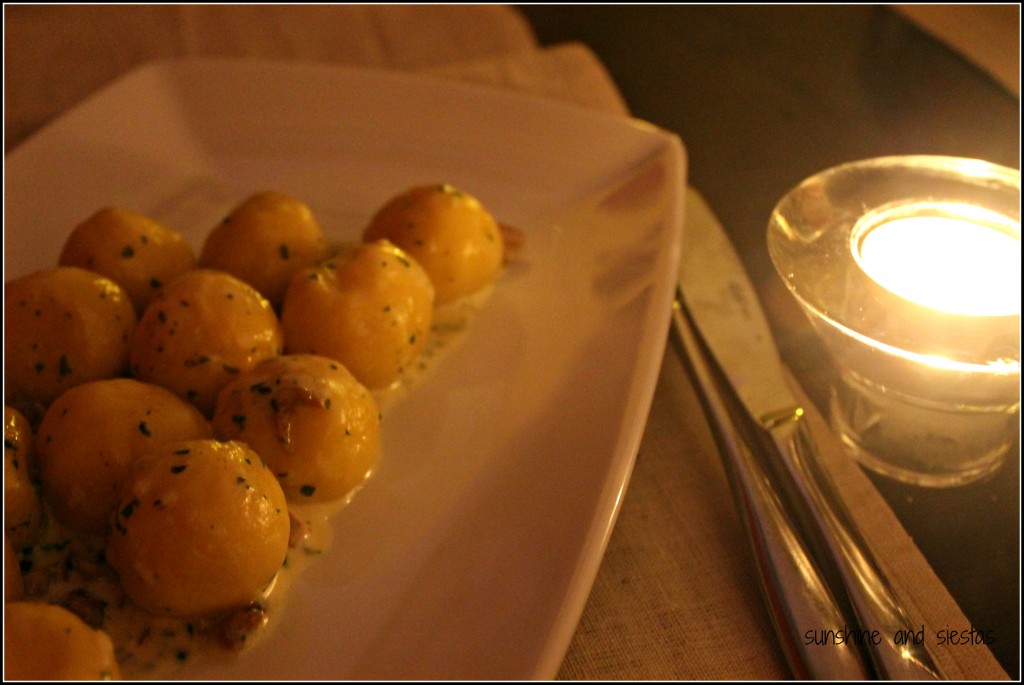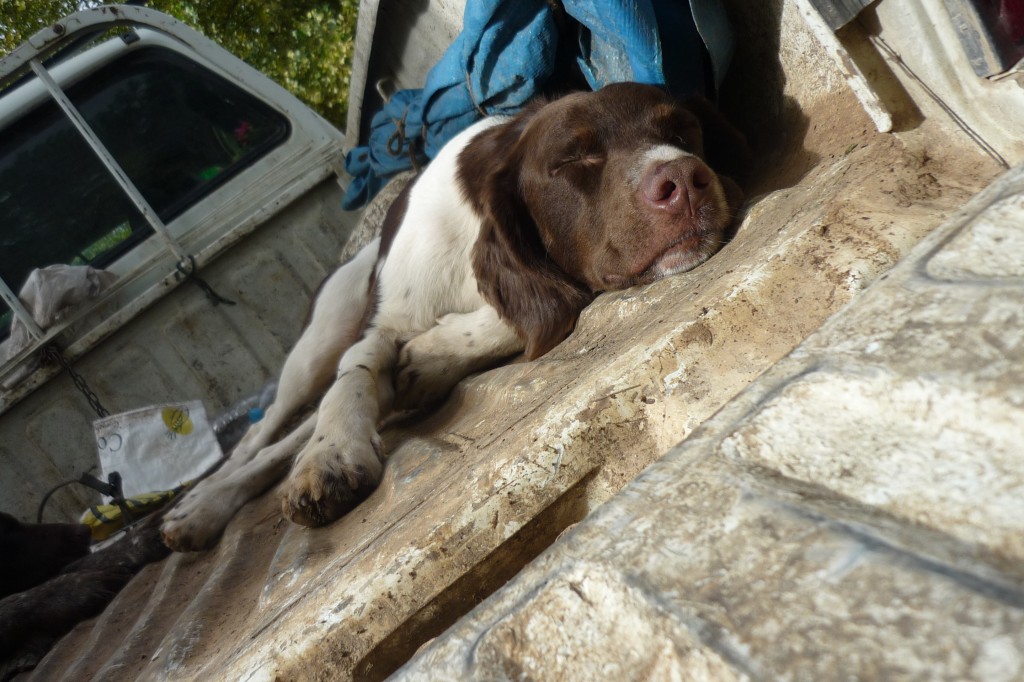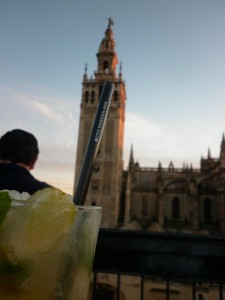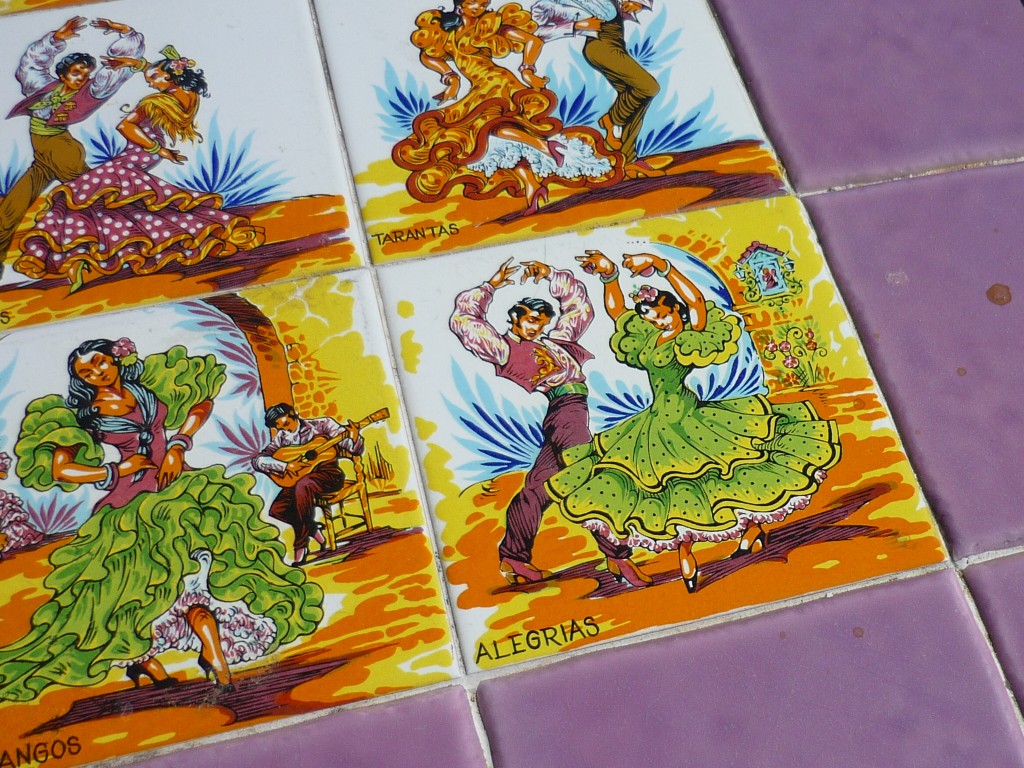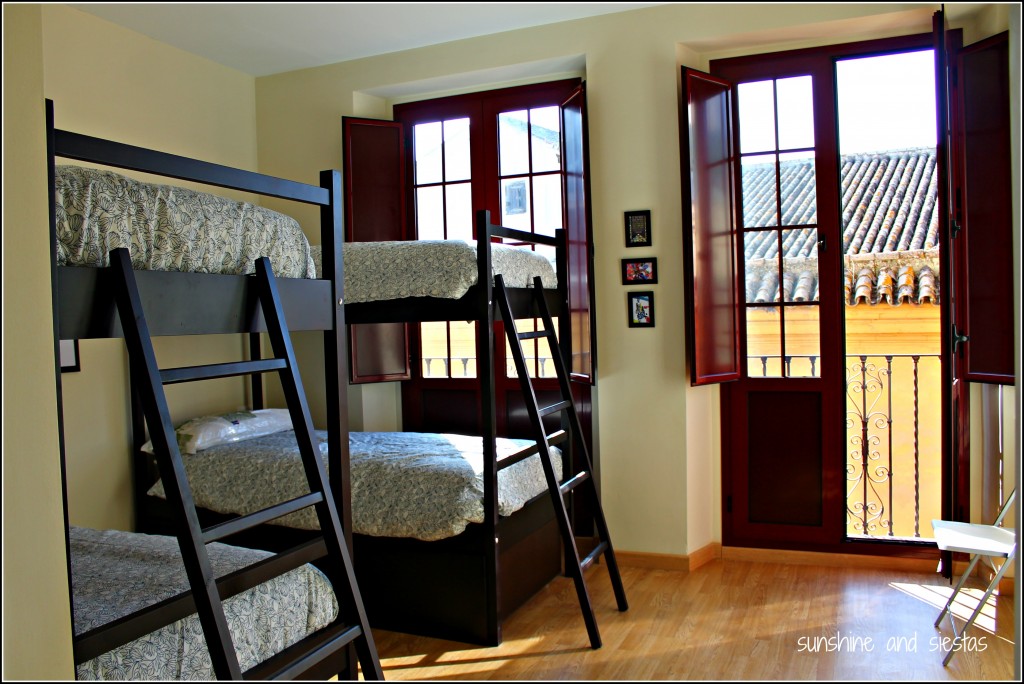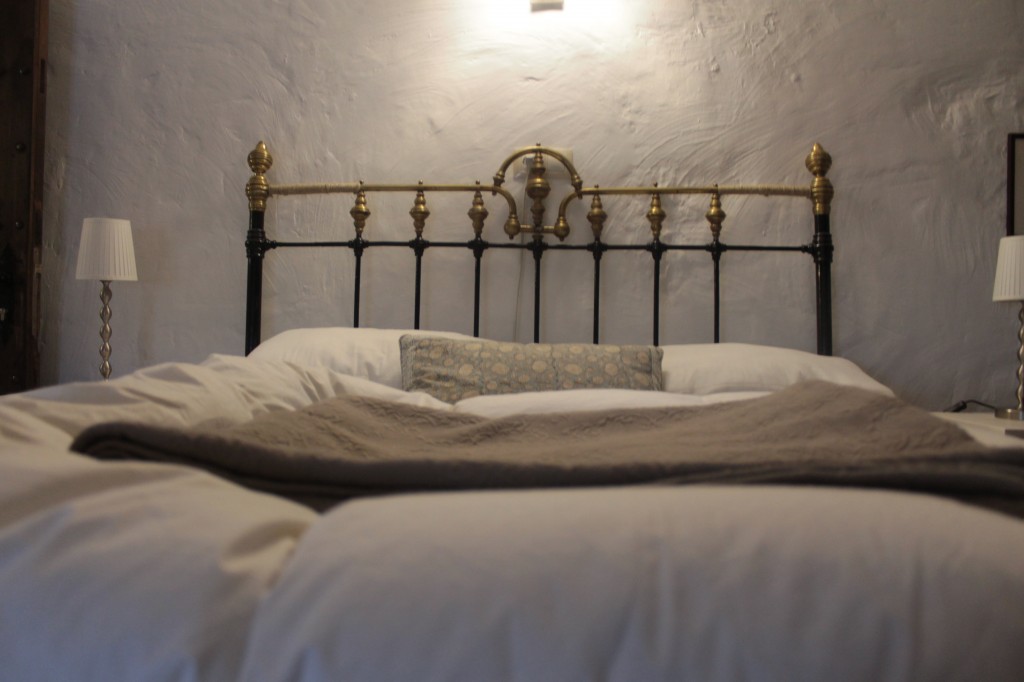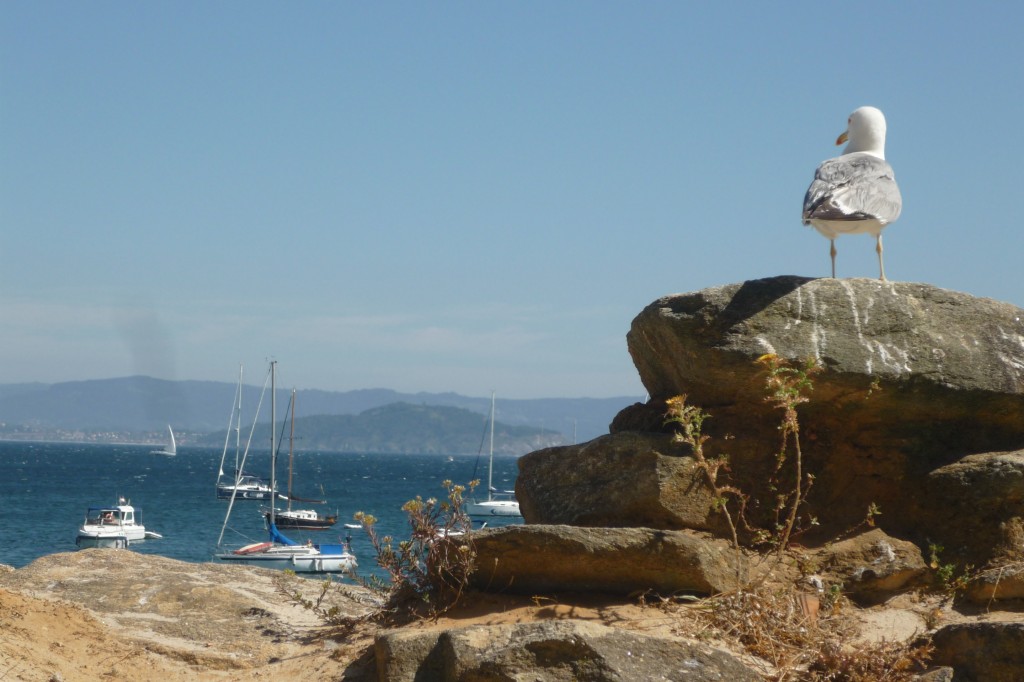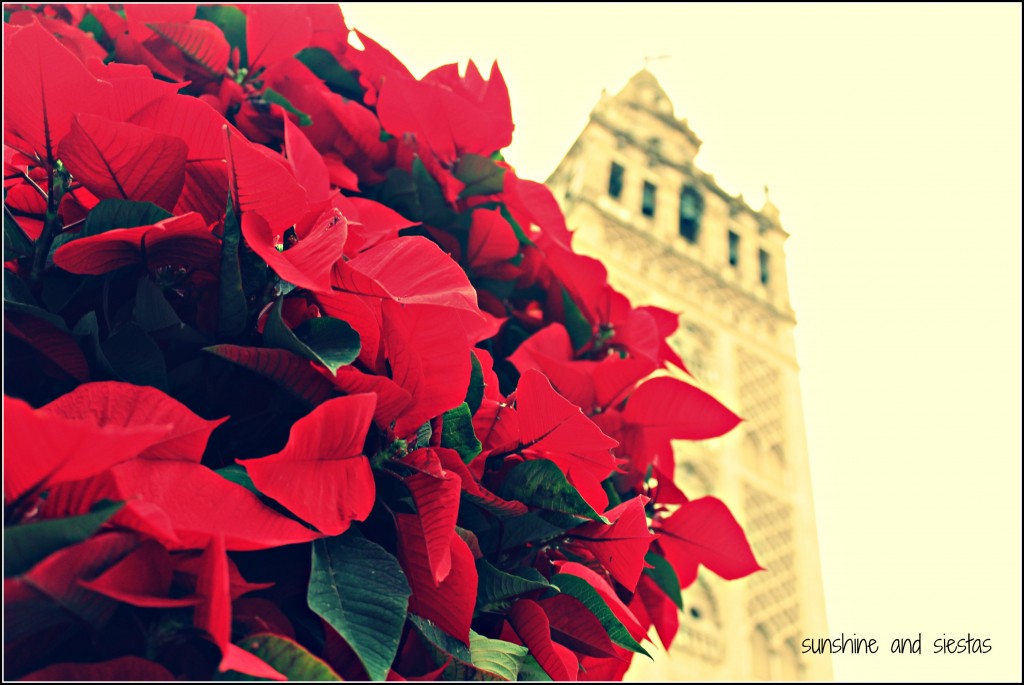“Drive. Just drive. Stop when you feel like it, but make sure you’re not the one in the driver’s seat.”
Ryan, Angela and I were sitting in the bright February sun in Plaza de Gavidia while they helped me plan my spring break trip to Croatia and Montenegro. Their suggestion was to rent a car once in Montenegro and drive the staggeringly dramatic Bay of Kotor, a sprawling bay that looked like a butterfly bandage and is denoted as a UNESCO World Heritage Site.
My friend Hayley and I had both been taking driving classes and had bought stick shift cars, so we figured we’d have little problem in renting a cheap coupe through an internationally recognized company. Climbing into the driver’s seat brought back a flurry of memories from when I was a new driver: It was with a heavy heart that I bid goodbye to my old Honda Accord calledthe Red Dragon. Bringing it to Spain was not an option I considered, despite the existence of companies like Autoshippers international car shipping, and my groggy brain welcomed the news that my father had sold it when I arrived to Madrid 12 hours later. Adiós, Red Dragon.
Since I couldn’t ship a car over to Spain, I recently bought my brother-in-law’s 2002 Peugeot 207, who has taken on the mota Pequeño Monty. He and I are still working on our relationship (read: despite having an EU license and convincing a driving instructor that I knew what I was doing when it came to stick shift, I’m still terribly nervous of stalling or running down the gears). I figured a little road trip in rural Montenegro with a newly minted DL would do the trick.
Herceg Novi
Herceg Novi was our base camp for the three nights we spent in Europe’s youngest nation. Just down the mountain from the border police and past the town of Igalo, famous for its mud baths, we were greeted by Stana. We were to stay in her apartment rental for a few nights while exploring the bay.
Our first day was spent hiding in bars and napping while the rain poured, providing a gloomy backdrop against the dark, jagged skyline of mountains that protected the bay. Planning our route on w-fi and the help of Stana’s stash of maps that had been around since before Montenegro won its independence, we ignored the threat of rain and planned on reaching Sveti Stefan before day’s end.
Perast
Herceg Novi is one of those one-road-in-one-road-out types of cities. Hayley and I ditched the map, simply keeping the bay on the right hand side of the car. She drove, and I pointed out places to stop for photos. The skies were painted purple with streaks of grey, the harsh white caps that crashed against the coastline and threatened to wash over the pavement we were driving along, the switchbacks and the small roadside churches made of stone provided more entertainment for us than an unreliable radio.
As we rounded the bay at Kamenari, watching ferries leave and enter a sleepy port, a miniature church loomed in the distance. We stopped at a lighthouse to take pictures and realized it was a small set of churches planted on a man-made island in the middle of the bay. Our Lady of the Rocks was an important pilgrimage site in conflicted times, and it interested Hayley and I, as we spent the better part of our journey preparing to walk the Camino de Santiago this summer. Indeed, we’d see ruined churches during the entire jaunt, some leveled to little more than rubble.
Ringing around the small towns promoting rural stays, spas and even Roman ruins, we passed Risan and decided we’d had enough nature and road on only a weak hot drink from Stana, which she’d left outside our apartment that morning. Perast was the next town along the bay, and because the highway 2/E-65 passes right above it, it remains hidden, save a church tower that jutted upwards, the bell tower level with the motorway.
Perast is said to have one of the highest concentrations of millionaires along the bay, and its rustic, Old World feel was breathtaking. A quick stop for coffee and tea turned into an hour while we photographed boats, Our Lady of the Rocks and the crumbling stone buildings.
Alright Montenegro, you’ve more than made up for the weather.
Sveti Stefan
By passing Kotor, the de-facto capital of the region, stop for cruise ships and title holder of another UNESCO nod, we took the newly-opened tunnel Vrmac that cuts travel time around the bay significantly. Exiting Kotor’s Stari Grad, take the roundabout towards the big, gaping hole in the mountain, and it will spit you out at the Tivat airport. Rather than heading back around the protruding peninsula towards Kotor, we instead headed south towards Budva and Sveti Stefan
Sveti is only 10-15 minutes past Budva, and was once a rocky island that has been turned into a luxury hotel complex that seems to retain some sort of charm. The problem was, the isthmus that has been constructed to reach the island is heavily guarded by hotel staff, and they won’t let you get past the gates and the thin strip of rocky beach. On our way back up, we stopped for an epic meal at a roadside bar, complete with fireplace and enormous mugs of Nikšićko beer.
Budva
Rounding out the day, we thought we’d make a quick jaunt to Budva, an ancient city with fortified walls. I’d been warned by Liz of Liz in España that the town resembled a strange Russian resort town and was best skipped.
She was right.
The walls are striking, but the town’s historic center – which has some traces of the architecture I’d seen in Split – has lost much of its beauty due to tourism. This also meant that the sites and most businesses were closed during the off-season. We’d paid for more than two hours of parking, so we spent the drizzly afternoon in and out of bars to steal wi-fi (this country is practically connected everywhere!) and popping into shops.
Our afternoon plan was to drive to Kotor to watch the Montenegrin’s national team’s football game, but we chose to bypass the tunnel and instead drive back along the coast – this time with the water on our left-hand side – and drink in the mountains-meet-water views. The roads were rampant with potholes, and any passing cars would have to creep along, as there was only enough room for one. We were told the journey would take an hour, but as soon as the lights of the Stari Grad appeared around the band of the village at Muo, we were stopped by an unadvertised construction obstacle, meaning we had to turn around and go back to Tivat anyway.
Kotor
Familiar with the road and our rental, Hayley and I jumped in the car after another one of Stana’s hot drinks rounds the following morning. Her enormous German Shepherd followed us down the stairs to the gate, where Stana was waiting for us with open arms. Using simple, monosyllable words and over exaggerrated hand gestures, we explained that we were leaving.
“Oh!” Stana exclaimed, clasping her hands together and then enveloping us in a hug. She said something in her native tongue and with her hands on our shoulders, announced that we’d have nice day with nothing more than a thumbs up and “Nice Day!”
Taking advantage of the morning cool, we decided we’d first attack the mountain that shelters the ancient city. The medieval fortifications that surround the town also extend upwards another three miles. As Hayley and I are walking 200 miles on the Camino, we figured we’d start training: we grabbed some bread and refilled out water bottles and began the trek.
The thousands of worn stone steps are punctuated with small temples, stations of the cross and other panting climbers. We stopped every so often so swigs of water, slowly peeling off the layers we’d put on the brave the elements that day. Once we’d reached the top, our 45 minutes of suffering were rewarded – the small, protected cove of the bay was striking against the jade green water, slate grey mountains and the bright terra-cotta roofs below us.
Kotor is, in short, well deserving of its UNESCO World Heritage nod.
The rest of the morning was spent lazing around the city, ducking into artisan shops, writing postcards and drinking beers with locals. I was shocked with the warmth of a people who had been so battered during the previous decade’s war and turmoil. Every other beer was paid for, our enormous (and cheap!) pizza slices were delivered with wide smiles and the beautiful restoration work in the historic center, within the stone walls, spoke nothing of the war.
Tivat
While driving through Tivat the day before, we noticed signs for an enormous luxury complex, Puerto Montenegro. McMansions were going up along a quiet cove in the bay, complete with upscale restaurants and markets and a luxury spa called Pura Vida just steps off of where the yachts were parked. Since the forecast had predicted rain, we thought it a good idea to book treatments, choosing a mud wrap from the “healing” mud of Igalo and a facial – but not before a glass of wine with a view of the port!
My mom never took me to spas as a kid – I was a tomboy and always busy with sports – so I always feel ridiculous going into them because I have no idea what to do. Those stupid cardboard flip flops and the stupid, crispy white sheets. I got rubbed down in oils and mud and wrapped up like a pig in a blanket, and then had to tell the esthetician to be careful around the black eye that had sprouted under my right eye.
Driving back around the bay, we bypassed Kotor after a trip to the mall and headed back towards Herceg-Novi. Despite all of the great food we’d had, Hayley suggested stopping at a roadside bar for more cevapi, a grilled sausage sandwich. We made it nearly all of the way back to our home base before seeing the lights of a bar whose name was written in cyrillic.
The meats were laid out in a deli case, and upon requesting the cevapi with seven sausages (gluttony much?), the attendant fired up an outdoor grill and slapped 14 sausages down on the grill. We could hardly contain our appetites as we drove the last few kilometers home, laughing at how Soviet the bar had looked.
Herceg Novi
Back once again in Herceg Novi, we finally got a clear day. The waters on the bay lay calm and a slight breeze had us wrapping ourselves in sweaters. “I have a great plan,” Hayley announced as we walked through the Stari Grad, cameras in hand. “Let’s grab a few beers from the convenience store down by the beach and sit and just hang out.”
Girl gets me.
Have you ever been to Croatia or Montenegro, or had an epic road trip?
